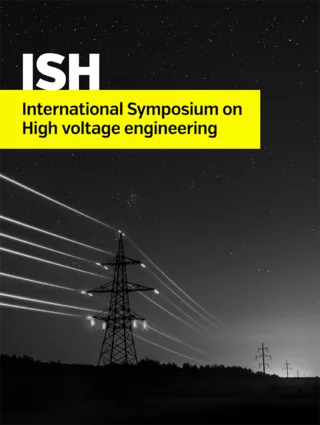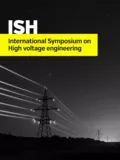Summary
We focus on the discharge process via both the shield (floating electrode) and the solid insulator in vacuum interrupters. We proposed an electrode configuration in vacuum chamber (10-5 Pa) for investigating discharge via the shield and the solid insulator. The electrode configuration consists of cathode-shield-insulator-anode(c-s-i-a), and we carried out the discharge experiments using a negative standard lightning impulse voltage (1.2/50 µs). We measured the shield potential by a high voltage probe, the anode current by a high frequency current transformer, and the light intensity by a photomultiplier tube, respectively. As the results, the discharge in c-s-i-a configuration can be classified into two independent processes: one is the discharge between cathode and shield (c-s), and the other is the subsequent surface flashover on the insulator between shield and anode (s-i-a). In the process of c-s, the shield potential increased rapidly up to the instantaneous applied voltage, once the discharge occurs. In addition, we found the discharge at c-s depended on the potential difference between the cathode and the shield. In the process of s-i-a, we found the development time of surface flashover depended on the perpendicular component of the electric field on the insulator surface, which would induce the electron-stimulated outgassing from the insulator surface.
Additional informations
| Publication type | ISH Collection |
|---|---|
| Reference | ISH2015_223 |
| Publication year | |
| Publisher | ISH |
| File size | 907 KB |
| Price for non member | Free |
| Price for member | Free |
Authors
Kong Fei, Nakano Yusuke, Kojima Hiroki, Kimura Toshinori, Tsukima Mitsuru, Hayakawa Naoki


